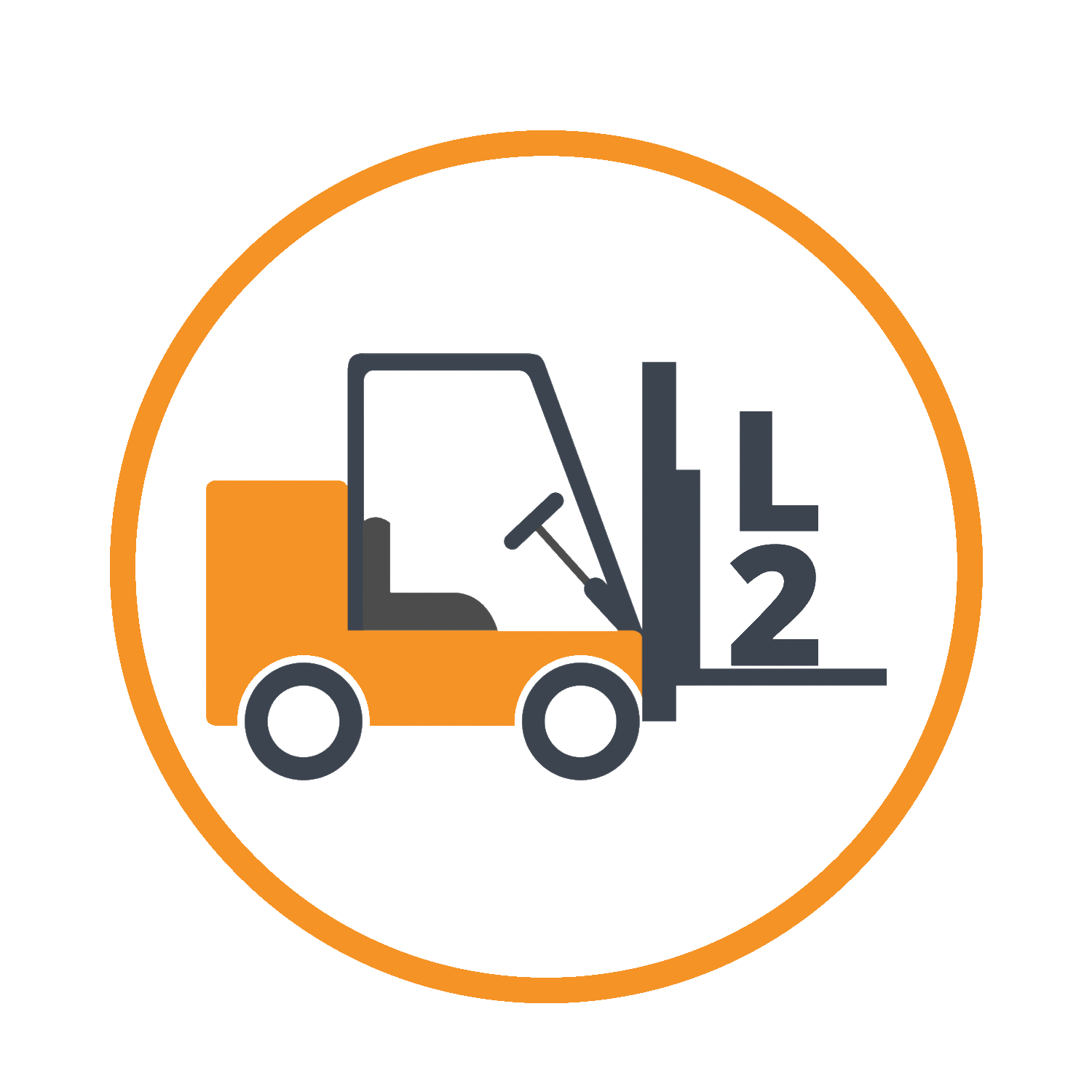The class begins with the in-class theory session, which takes between 3-4 hours, and gives participants the knowledge they need to identify hazards, properly inspect, and safely operate their telehandlers.

Course Summary
The class begins with the in-class theory session, which takes between 3-4 hours, and gives participants the knowledge they need to identify hazards, properly inspect, and safely operate their telehandlers. During the theory session, students will learn about:
The hazards associated with operating telehandlers
The Ontario Health and Safety Act, and its requirements for telehandler operation
How to perform pre-operational checks/inspections
Devices and operating controls
Safe operating procedures
All fuel sources and hazards associated with them
Participants will then demonstrate their knowledge by completing a written multiple-choice exam. Finally, to gain their certificate of completion, students must demonstrate their operating ability by completing a practical skills evaluation. The practical evaluation must be completed within 90 days of completing the theory portion of the course. For experienced drivers, the practical evaluation can be conducted immediately following the written evaluation.
For new operators, the Ministry recommends 8 hours of supervised operating experience before completing the practical evaluation. We can return to your facility to complete the practical evaluation at a later date if necessary. Upon successful completion of the written and practical evaluations, participants will be certified to safely operate telehandlers for 3 years.
The class begins with the in-class theory session, which takes between 3-4 hours, and gives participants the knowledge they need to identify hazards, properly inspect, and safely operate their telehandlers. During the theory session, students will learn about:
The hazards associated with operating telehandlers
The Ontario Health and Safety Act, and its requirements for telehandler operation
How to perform pre-operational checks/inspections
Devices and operating controls
Safe operating procedures
All fuel sources and hazards associated with them
This course provides workers in the Industrial sector with the knowledge they need to safely perform work at heights. It is ideal for companies in the industrial sector with employees who regularly use ladders, fall protection equipment and Aerial Work Platforms. It allows companies to meet the Ministry requirement of ensuring that all workers who use fall protection equipment are trained in the safe use of that equipment.
© 2025 coursetakers.com All Rights Reserved. Terms and Conditions of use | Privacy Policy